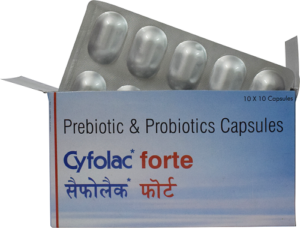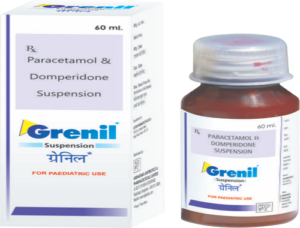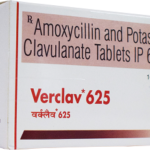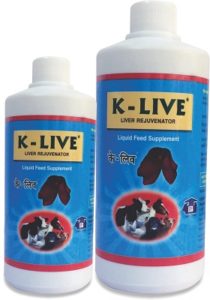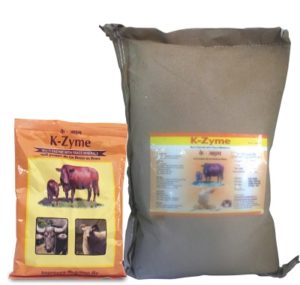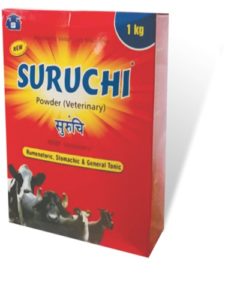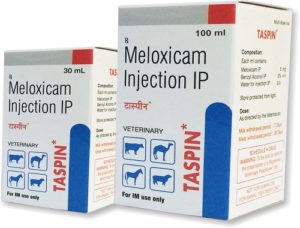The analgesic answer to severe pain
D E S C R I P T I O N / M O D E O F A C T I O N
Kamadol is Tramadol hydrochloride which is a centrally acting analgesic & an atypical opioid which relieves pain by opioid and non-opioid mechanisms. The analgesic activity of tramadol is due to both parent drug and the M1 metabolite. Tramadol is well absorbed orally with an absolute bioavailability of 75%. It is only 20% bound to plasma proteins and is extensively metabolised. Tramadol and its metabolites are excreted primarily in the urine with observed plasma half lives of 6.3 and 7.4 hours for Tramadol and M1 metabolite. It is rapidly and almost completely absorbed after oral administration. The mean absolute bioavailability of a 100 mg oral dose is approximately 75%. Tramadol is extensively metabolised in the body. Approximately 30% of the dose is excreted in the urine as unchanged drug, whereas 60% of the dose is excreted as metabolites.
C O M P O S I T I O N
|
I N D I C AT I O N S
Tramadol is indicated for the management of moderate to moderately severe pain. It is indicated in Post operative pain due to General, Orthopedic and Gynaecological surgery. Maxillofacial and other Dental surgery. Tramadol is also indicated in Painful bone metastasis, Acute joint pains and Neuropathic pain syndromes.
D O S A G E
Adults : 100 mg o.d. or b.i.d. by I.M. / I.V.
Children : 1 mg / kg body weight by I.M. / I.V.
For the treatment of painful conditions, Tramadol 100 mg can be administered as needed for relief every four to six hours not to exceed 400 mg per day. For moderate pain, 50 mg may be adequate as the initial dose and for more severe pain, 100 mg is usually more effective as the initial dose. For elderly patients over 75 years, not more than 300 mg/day in divided doses as above is recommended.
S I D E E F F E C T S
Respiratory depression [less than opioids], sedation, constipation, urinary retention, dizziness, nausea, sleeptiness, dry mouth, sweating etc are commonly noticed.
P R E S E N TAT I O N & PACK
|


























